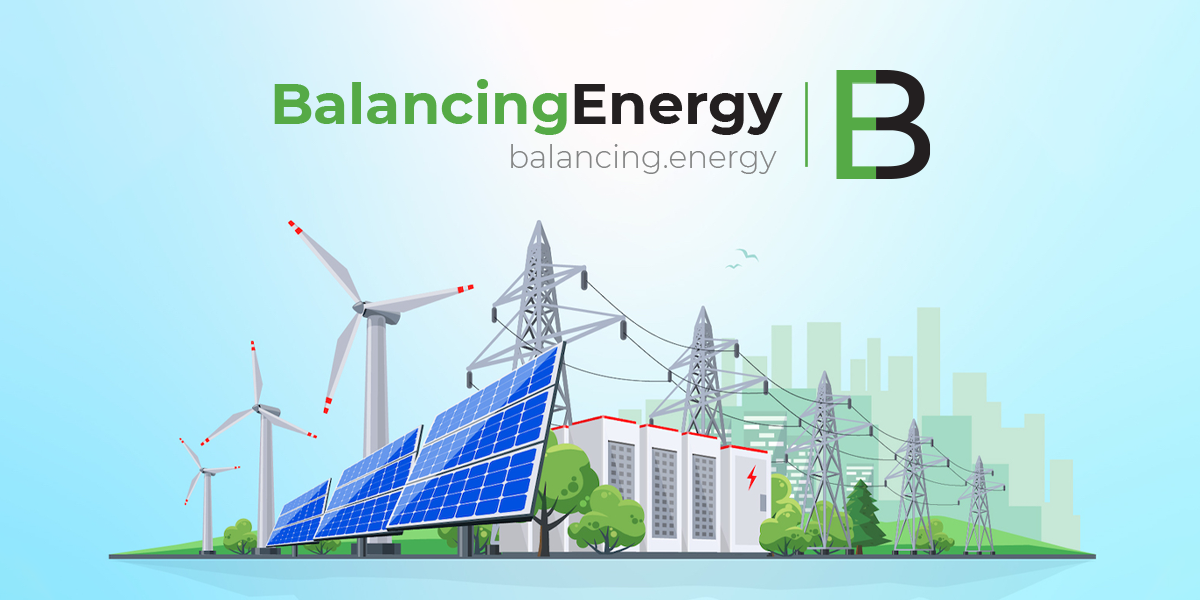EU member states are deliberating on granting the European Commission the power to implement more flexible gas storage targets in response to potential price hikes caused by market speculation or manipulation.
In the aftermath of the 2022 energy crisis, Brussels introduced mandatory gas storage targets to build a buffer against future supply disruptions. The goal is for the EU to have 90% of its underground storage capacity filled by November 1 each year, with interim targets in February, May, July, and September. This system is intended to remain in place until December 2025.
Under the proposed regulatory changes, the European Commission could be allowed to extend the permitted deviation from the 90% target by an additional 5%, triggered by prolonged unfavorable market conditions. In March, the European Commission suggested maintaining the 90% storage target by November 1 each year until 2027. However, it proposed making the interim targets merely indicative, meaning they would no longer be legally binding under EU law. This proposal will need to be negotiated and approved by both EU member states and the European Parliament.
Recent discussions among EU countries have focused on making the system more flexible and cost-effective for filling gas storage. One suggestion is to extend the November 1 deadline to a broader timeframe, between October 1 and December 1. Additionally, individual member states could be allowed to deviate from the 90% target by up to 5% if market prices make refilling storage prohibitively expensive.
These proposed changes will be reviewed at an April 1 meeting of EU member states, with a finalized version potentially ready by the following week. The EU countries’ common negotiating position is expected to be approved at a meeting of member state ambassadors on April 11. Meanwhile, the European Parliament may propose its own amendments, and the final version will be determined through trilateral negotiations involving the Commission.










